Frank DeFilippo: Montgomery County and Baltimore City Have More in Common Than It Seems
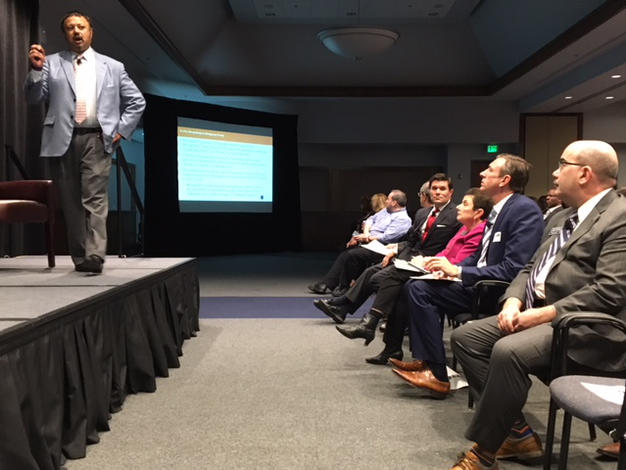
Montgomery County and Baltimore City are symbiotic siblings. One is rich, the other poor. One has a white plurality, the other is mostly black. One is gaining population, the other is losing. One, apparently, repels business, the other can’t attract it. One has an overabundance of Ph.D’s, the other has an undereducated workforce. One is on the hustle for the Amazon shuffle, the other was shut out of the executive board game.
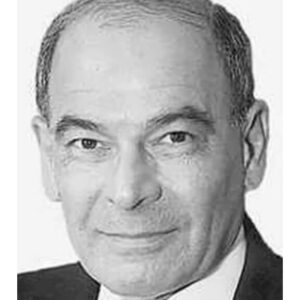
Frank A. DeFilippo
But what they have in common, like twins joined at the hip, are high taxes, painstaking traffic and bulging government bureaucracies. At least that part is what Anirban Basu, the freelance quid nunc and CEO of the Sage Policy Group, told the good burghers of MoCo’s business community. Basu’s most painful thumb in the eye, though, kind of an exclamation point (!), was to declare MoCo hostile to business, recycling his meme, all reported by Josh Kurtz in Maryland Matters.
That was bad news, indeed, to be telegraphed to the nation just when the county, along with the state, is laying out not only a welcome mat, but also $8.5 billion in pixie dust to entice one of the world’s wealthiest men to one of the nation’s wealthiest counties. Basu, for crying out loud, MoCo was designed that way, zoned to be a high-bracket residential paradise and to prevent it from developing into a carnival runway of pizza shops and burger joints like its haphazard neighbor, Prince George’s.
MoCo has always been sharply divided between growth and no-growth factions, whose public debates between preservation and demolition are exemplars of democracy in action. Over the decades, they’ve been as illuminating as any Oxford tutorial by Stephen Hawking – derided as “analysis by paralysis.” Basu should have attended.
But the real problem with MoCo is that there’s no there there, to borrow a phrase. Baltimore used to have a there, but the there no longer exists. Baltimore has lost its quiddity and its quirkiness. There, to give the word definition, is a fixed center of gravity, an expansive hub where people congregate and engage in work, play and commerce and often live. Silver Spring has attempted a revival, and efforts to add gravitas to Bethesda have been half-hearted.
The late Edmond Rovner, a jolly genius and top aide to former Montgomery Executive Sidney Kramer (D), once observed that “every time a foreign government collapses, 10 new restaurants open in Bethesda.” Add a hotel and some public buildings and that’s about the size and shape of it. A statistical brag used to be that there were more restaurants in Bethesda than in the entire city of Denver.
With Discovery packing up and leaving Silver Spring, the detritus in its outbound footprints will be thousands of square feet of vacant office space, a sour taste, and one less of the four remaining Fortune 500 companies on Maryland’s poop sheet. Years ago, it was chest-thumping boast that every company on the Fortune 500 list had either its headquarters or a branch in Maryland.
Baltimore used to be a city of neighborhoods held together by a thriving manufacturing industry. Walk into a tavern in South Baltimore and yell “Bunky” and 50 heads would spin around to acknowledge the endearing greeting. Trouble is, Bunky doesn’t live there anymore. The millennials have taken over, and there’s a sameness to the sound of their voices – as if they all went to broadcasters’ school, where voice neutrality earns a certificate of merit. Even the legendary crab houses are gone along with the city’s distinctive catarrh, kind of a nasal-y cross between Gullah and West Virginia hillbilly.
Baltimore is now “Murder, Inc.,” classified as the deadliest city in America. There were 30 murders alone in April, and a civic holiday was almost declared when the city enjoyed a 12-day stretch without a murder. Last year’s 344 murders marked the deadliest year in Baltimore’s history. And much of the slaughter is committed with guns bootlegged from Virginia, where a firearm can be purchased at a gun show as easily as a candy bar at a convenience store.
This tableau of grit and gloom contrasts with the mannerly and manicured warrens of MoCo, where getting from here to there in BMWs and turbocharged Benzes is a major pain in the rush hour. So Gov. Larry Hogan (R) has mortgaged the transportation fund’s future by dedicating funds for Metro, building a new light rail line and widening and adding toll lanes along busy commuter corridors. It’s an election year, after all, and MoCo’s vote rich.
To help pay for the accommodation (which could help attract Amazon), he diverted funds to roads and highways that were intended for Baltimore’s Red Line. And Hogan’s still stuck paying for the ill-fated Intercounty Connector, which, if it foreswears the future of transportation, we’d all better hop the next Jeffrey Bezos rocket to another rock in space. In Baltimore, the traffic lights aren’t synchronized, and the city is resistant to spending $30 million to facilitate the flow of traffic without a stop at every light.
Taxes are another sore subject for Citizen Basu. Taxes in MoCo aren’t high. They only seem high because housing is so expensive. And they’ll appear even higher next year when the bill arrives for President Trump’s illusory tax cut. Property taxes in MoCo are only half the levy in Baltimore.
In fact, property taxes in Baltimore are so high that only one-third of the property owners pay them, one-third pay a portion of them and one-third pay none. (This is accomplished through several write-offs and deductions based on income.) Actually, six haute Zip codes support the entire city – Roland Park, Guilford, Homeland, Federal Hill, Fells Point/Canton and Mount Washington.
Here’s a problem: As Montgomery’s new arrivals spread up-county into less expensive real estate but longer commutes, and the clamor intensifies for more affordable housing, MoCo could wind up building the slums of the future, just as Baltimore did more than a century ago without understanding or foreseeing the problem.
That plywood and aluminum-siding tract housing won’t survive a stiff windstorm let alone years of weathering wear-and-tear. It’s impossible to tell people where to live. They can only be directed with zoning and housing. So if MoCo’s looking for cheap housing, Baltimore has more than 16,000 vacant or abandoned rowhouses they can have dirt cheap. All they require for human habitation is removing the lead paint and complete make-overs.
Montgomery is now the most populous subdivision in Maryland, topping out at more than 1 million people. This was a position on the charts that Baltimore enjoyed about 60 years ago, when it was the population and power center of Maryland with a body-county of about 925,000, the sixth largest city in America. But through the years, Baltimore’s population has shrunk to 611,000, now the nation’s 26th largest city.
The city has no major industry or business to speak of except the two major medical centers – Johns Hopkins and the University of Maryland – to keep it afloat as employment centers. At some point along the line, Baltimore’s ministers of influence decided to pursue nonprofits as a way to beef up its business brochure.
As a result, extend a mile outward in every direction from the defined central point of the city – the intersection of Charles and Baltimore Streets – and fully 42 percent of the properties contained in that imaginary box are tax exempt, nonprofits – including the two major medical centers and other hospitals, colleges, churches, schools, nursing homes, actual nonprofit entities such as the Anna Casey Foundation, the Salvation Army, Catholic Charities and other properties associated with churches and universities.
It adds up to the sum total of nearly half the city’s tax base that is tax exempt. This is unique to municipalities and unheard of in the counties, which are mainly residential.
The rest, as they say, is an abundance of swanky new condos and rental apartments that are rising by the hundreds, mainly around the city’s waterfront, yet nobody’s figured just who’s going to buy or rent them.
“Economic engine” is an awkward phrase. It’s contrived to illustrate which jurisdiction drives the state’s economy and was awarded to Baltimore for many years. No longer. Montgomery’s economy comprises many test-tube businesses, mostly spin-offs of government programs and experimental labs. It’s a genteel county where even unions belong to the Chamber of Commerce.
Right now, no subdivision holds the title.
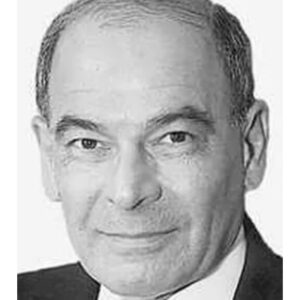
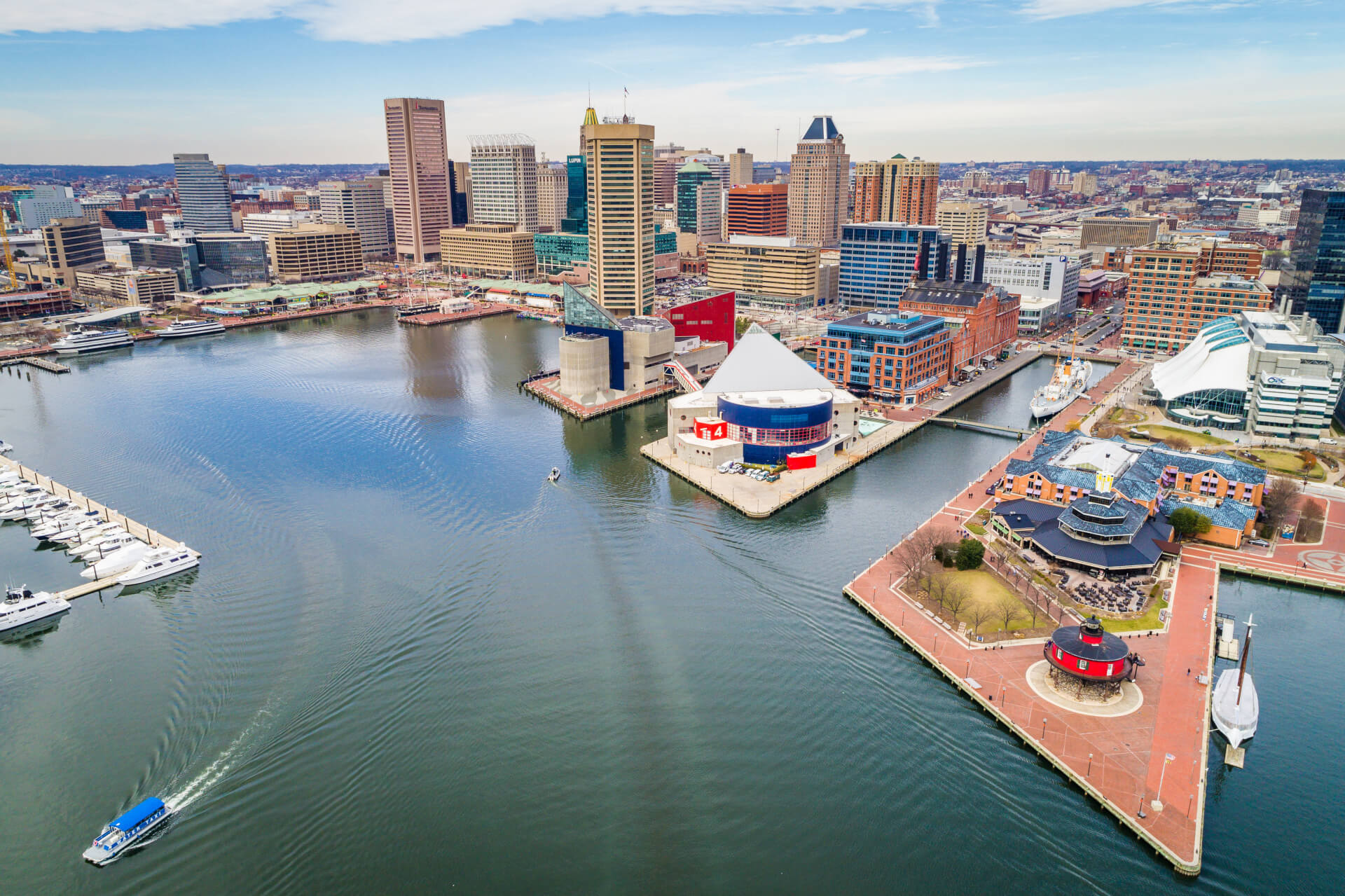
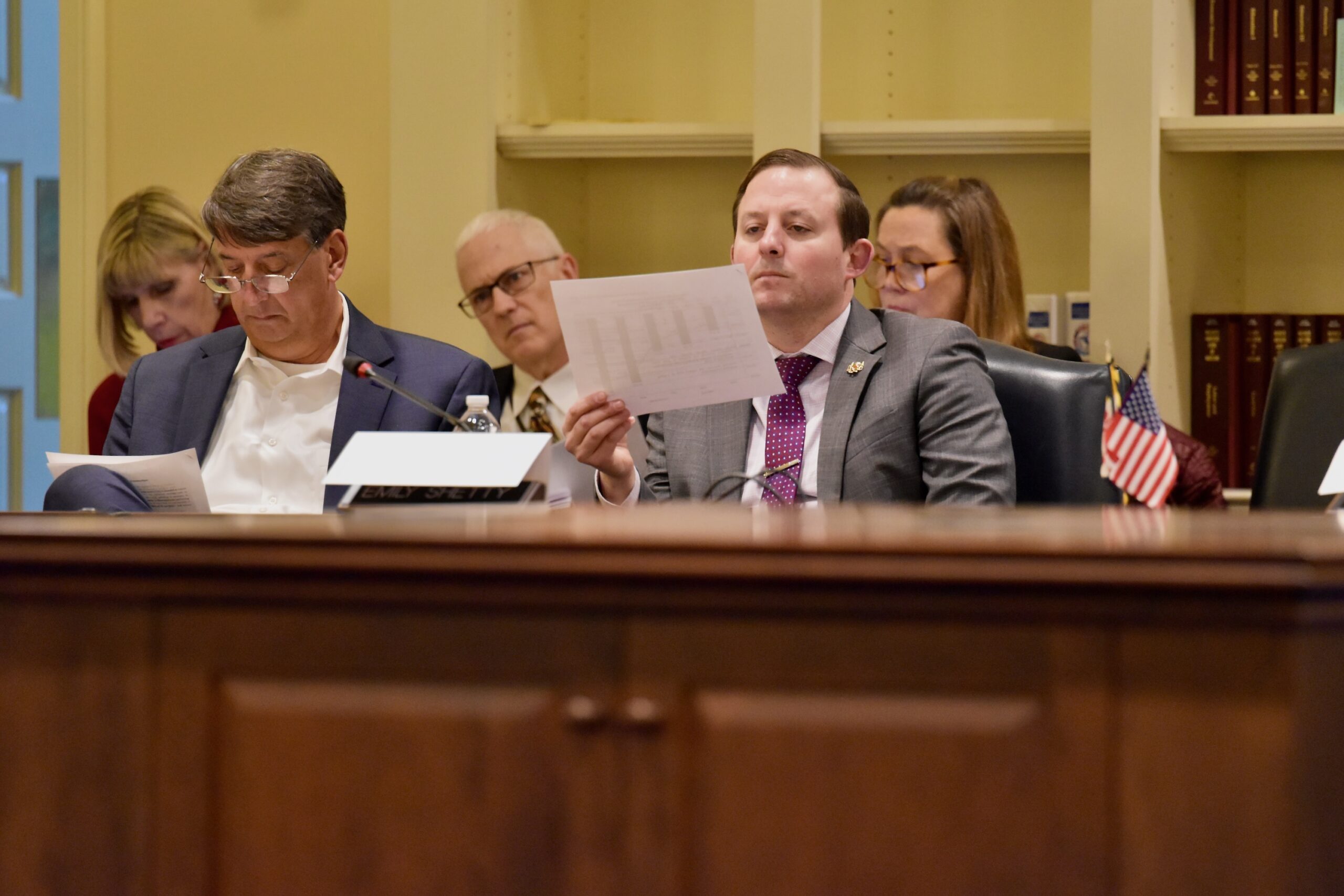
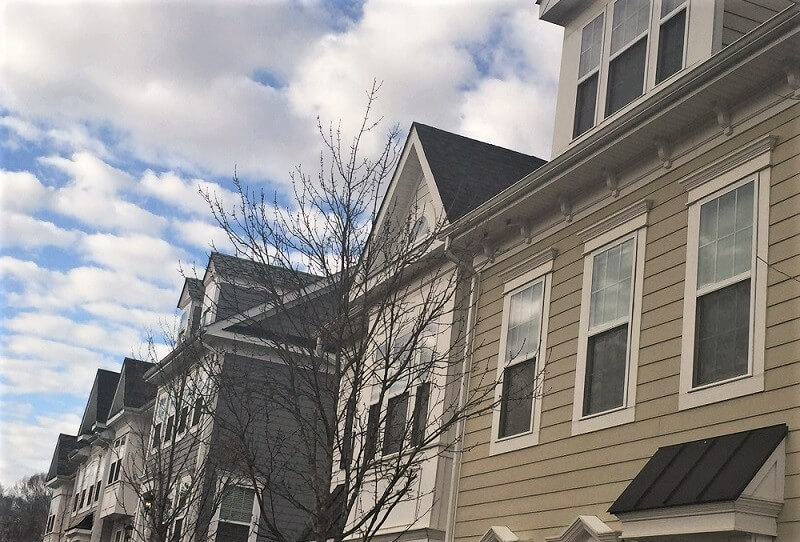
 Creative Commons Attribution
Creative Commons Attribution